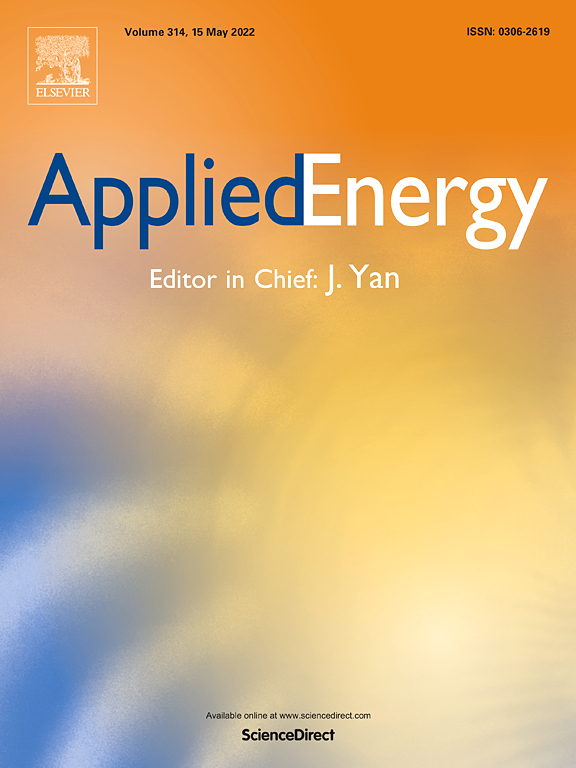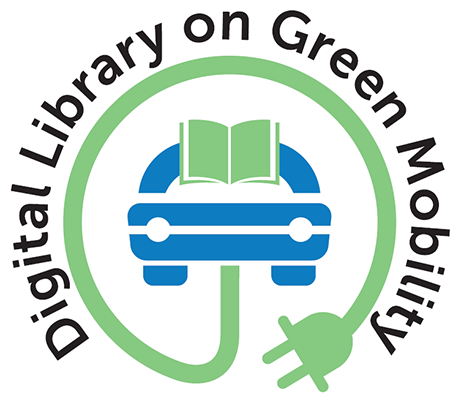
Prospective Life-Cycle Assessment of Greenhouse Gas Emissions of Electricity-Based Mobility Options
Publication Year: 2022
Author(s): Rüdisüli M, Bach C, Bauer C, Beloin-Saint-Pierre D, Elber U, Georges G, Limpach R, Pareschi G, Kannan R, Teske SL
Abstract:
Electricity-based mobility (EBM) refers to vehicles that use electricity as their primary energy source either directly such as Battery Electric Vehicles (BEV) or indirectly such as hydrogen (H2) driven Fuel Cell Electric Vehicles (FCEV) or Synthetic Natural Gas Vehicles (SNG-V). EBM can be more sustainable than conventional fossil-fuel vehicles if low-carbon electricity is used. While BEVs have the highest tank-to-wheel efficiency, electricity can only be stored for short duration in the energy system (e.g., via pumped-hydro storage or batteries), whereas H2-FCEV and SNG-V have a lower tank-to-wheel efficiency due to additional conversion losses, but H2 and SNG can be stored for longer periods in pressurized tanks or the natural gas grid. Thus, they feature more flexibility with regard to exploiting renewable electricity via seasonal storage. In this study, the authors examine whether and under what circumstances this additional flexibility of H2 and SNG can be used to offset additional losses in the powertrain and conversion with respect to greenhouse gas (GHG) mitigation of EBM from a life-cycle point of view in a Swiss scenario setting. To this end, a supply chain model for EBM fuels is established in the context of an evolving Swiss and European electricity system and an approach to estimate EBM penetration in a legislation compliant future passenger cars fleet. This study show that EBM results in significantly lower life-cycle GHG emissions than a corresponding fossil fuel-driven fleet. BEV generally entails the lowest GHG emissions if flexibility options can be offered through sector coupling, short-term and seasonal energy storage or demand-side management. Otherwise, with a large expansion of photovoltaics (PV) and curtailment of excess electricity, H2-FCEV and SNG-V feature equal or – in case of high-carbon electricity imports – even lower GHG emissions than BEV.
Source of Publication: Applied Energy
Vol/Issue: 306, 118065: 1-20p.
DOI No.: 10.1016/j.apenergy.2021.118065
Country: Switzerland
Publisher/Organisation: Elsevier Ltd.
Rights: CC BY license (http://creativecommons.org/licenses/by/4.0/)
URL:
https://www.sciencedirect.com/science/article/pii/S0306261921013532
Theme: Research and Development | Subtheme: Soft research/Academic Research
Related Documents
Journals
Transportation Research Part C
Published Year: 1993
Abstract:
Transportation Research Part C: Emerging Technologies published high-quality, scholarly r... Read More
Research Papers/Articles
Abstract:
This paper describes selected results of the scientific accompanying research of the e-mobilit... Read More
Research Papers/Articles
Global Opportunities for Small/Medium Enterprises in Emobility (GO4SEM)
Published Year: 2015
Abstract:
In recent years Europe has successfully extended its competencies in key enabling technologies... Read More



